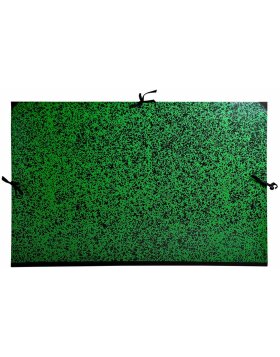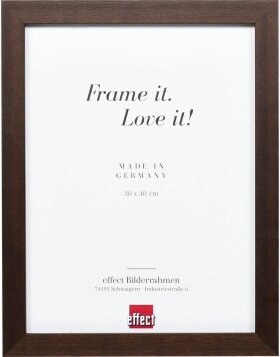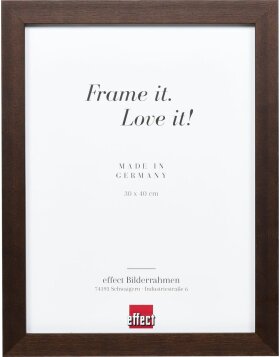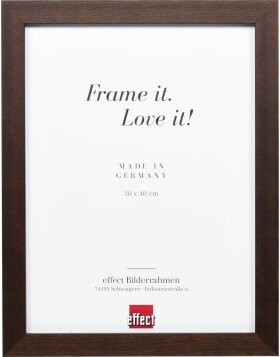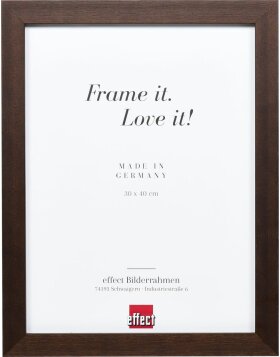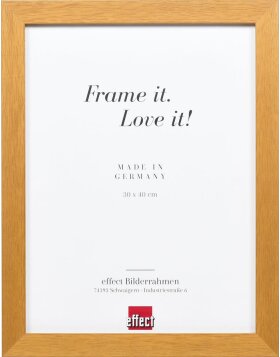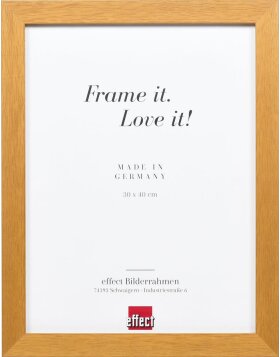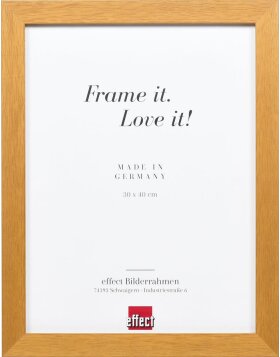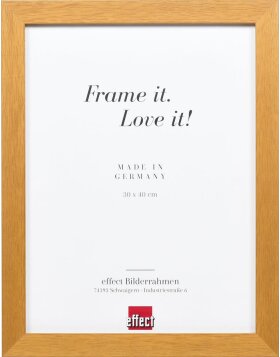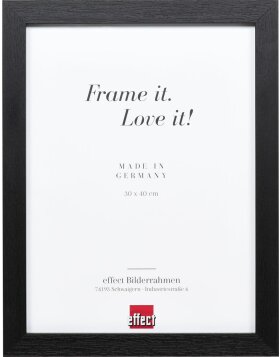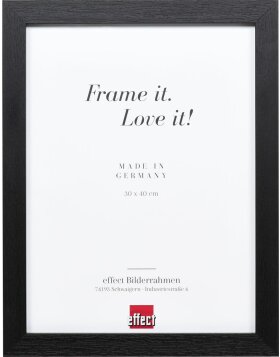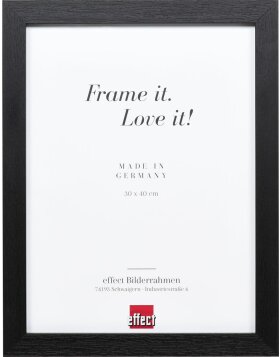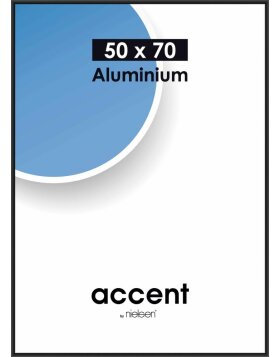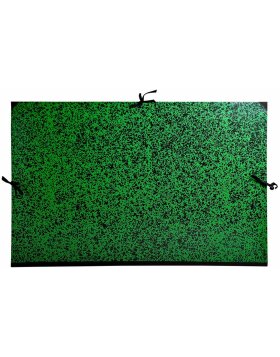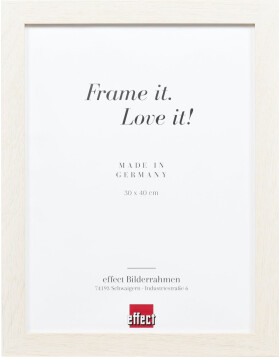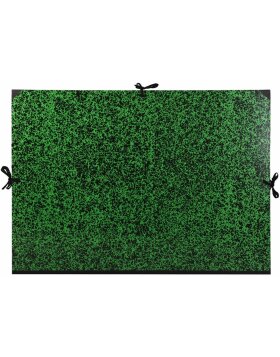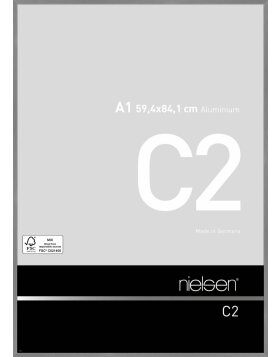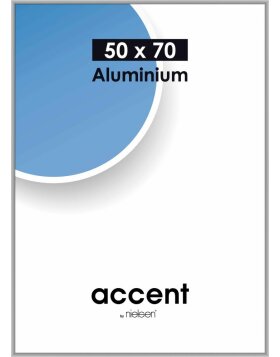Item with DIN format: DIN A1
FAVORITE PRODUCTS FROM THIS CATEGORY
The basics of the DIN A1 format
DIN A1 is an internationally standardised paper format defined in the ISO 216 standard. The dimensions of DIN A1 are 594 x 841 millimetres, which is twice the size of DIN A2 or half the size of DIN A0. This size is very practical for both private and professional purposes and is therefore very common. It is used, for example, in advertising for billboards and posters, in architecture for building plans, in art for large-format drawings or in science for conference posters.
DIN A1 poster picture frames
Using picture frames for A1 posters is an excellent way to highlight the image or text being presented and give it a professional aesthetic. These frames can be made from a variety of materials such as wood, metal or plastic and come in a variety of colours and styles to suit any space and presentation.
Whether in a shop window, on an exhibition wall or in an office, a good A1 frame will protect the poster, make it more visible and can enhance the design of the poster. It is important that the frame is strong enough to support the weight of the poster and at the same time light enough to facilitate mounting and transport.
DIN A1 drawing folders
Drawing folders in DIN A1 format are an indispensable resource for anyone working in the fields of art, design or architecture. They provide ample space for large sketches, designs or artwork and are ideal for transporting and storing your work.
Drawing folders for DIN A1 are usually made of durable materials that protect your work from damage, dirt and moisture. They may have features such as a sturdy handle for transport, closure straps or zips and internal compartments for extra storage. Some models also come with a hard cover for extra protection for particularly delicate work.
Other uses of DIN A1
Outside of posters and drawings, the DIN A1 format is also used in a number of other areas. It is often used for technical drawings, construction plans and maps, as it provides enough space for detailed information. It is also a common format for posters at scientific conferences, as it is large enough to be visible from a distance, but small enough to be transported and placed.
The DIN A1 format is also used in education, for example for illustrative material or for the presentation of project work. It offers enough space to present complex content clearly and can be viewed by several people at the same time.
In summary, it can be said that the DIN A1 format is used in many areas due to its versatility and is well suited for both professional and private purposes.







